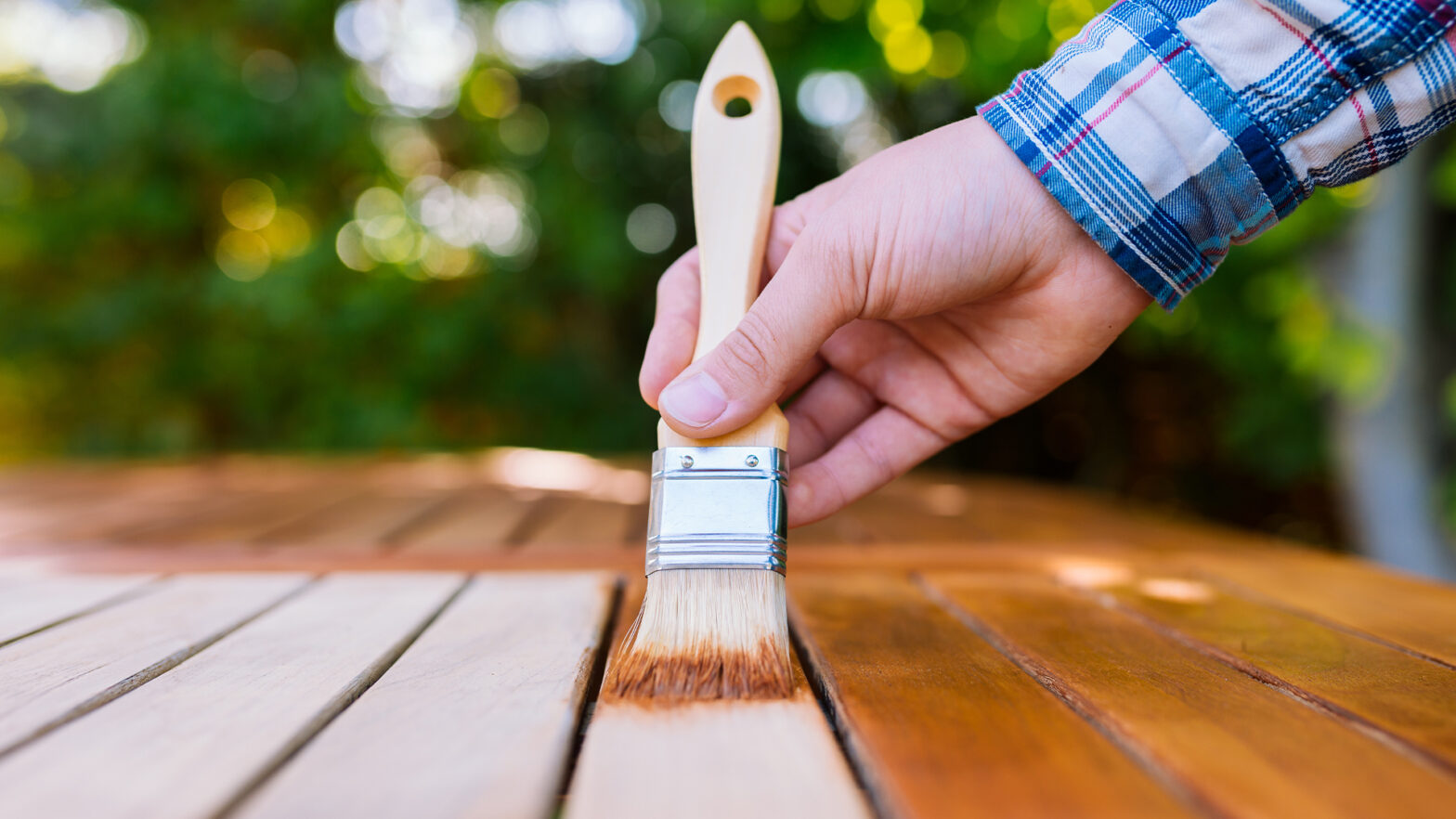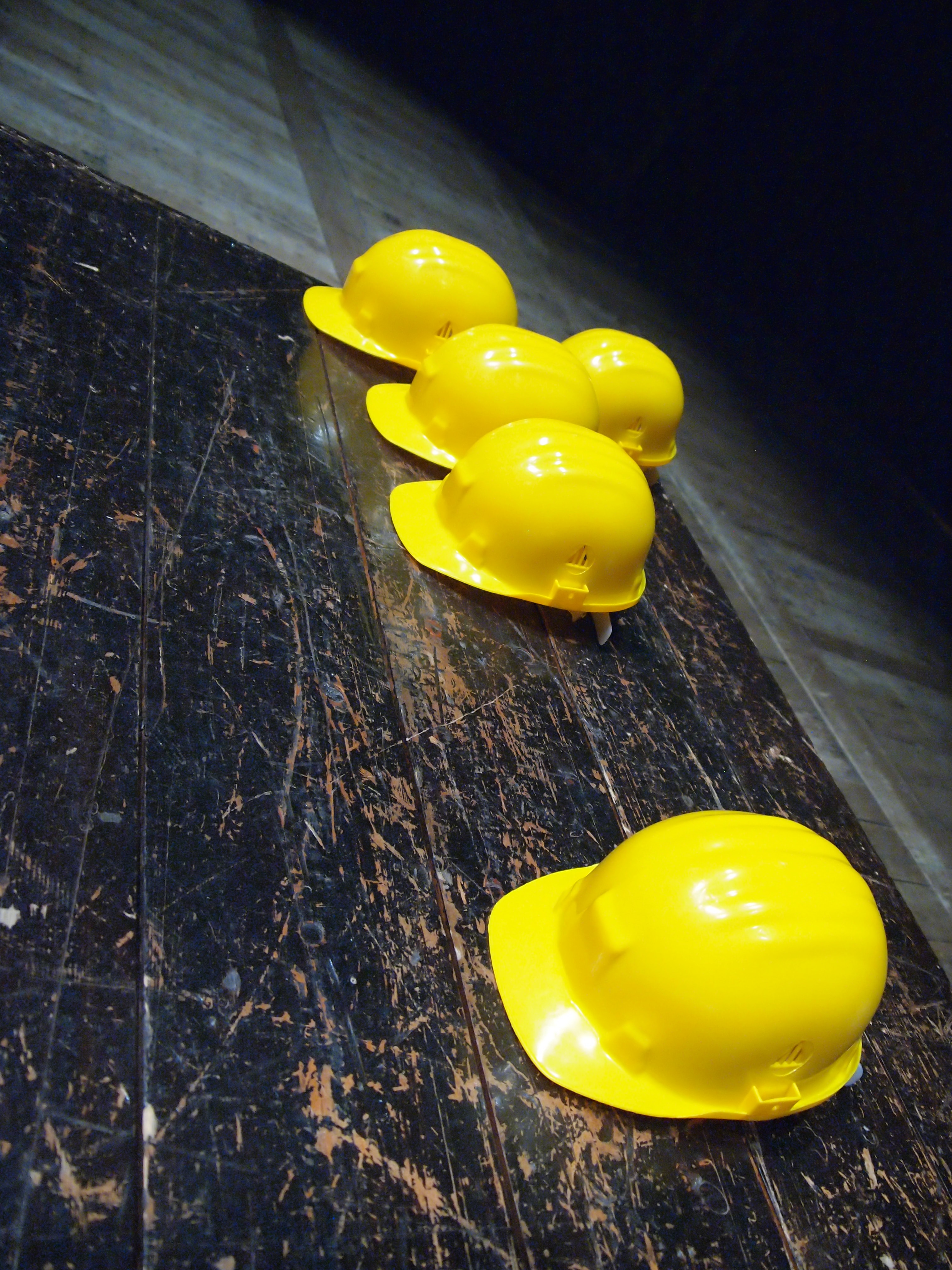
Kevin Brown, heritage home renovator for 30+ years, reveals his top June tasks.
June is a funny month for homeowners; the weather is often hit and miss, and it can sometimes be hard to find the motivation to get “summer-ready” after a drizzly, up-and-down spring.
However, the seasons wait for nobody, and summer is soon in session – that means there are crucial home maintenance and renovation tasks that simply cannot be left any longer.
With what feels like a million and one things on your list, we thought we’d ask a specialist about the five most important tasks you should get to this month.
Kevin Brown, heritage property renovator and Marketing Director at The Heritage Window Company, has worked installing and designing replacement fixtures, such as doors and windows, for heritage properties for over 30 years.
He’s put together his most important list of home maintenance tasks for June, including the most crucial tasks he deals with regularly.
1. Inspect brickwork and repointing
“Have you ever come home after work on a warm late-spring/early-summer (weather depending) evening to find crumbling brick and mortar outside your property?” Kevin asks. “I have, both with my own property and on plenty of other renovations, and it’s nearly always down to a lack of pointing maintenance, made worse by freeze-thaw damage in the chilly months.
“It’s a tough lesson to learn, but when you get into the habit of inspecting your brickwork after colder months, you’ll find you can avoid this problem entirely before it gets worse in summer. Freeze-thawing happens when bricks and mortar absorb moisture from the rain in winter, eventually turning to ice in the evening, therefore causing the brick to expand and crack the surrounding mortar,” Kevin explains.
“To stop this happening, identify incidents of flaking brick and mortar on your home in early June, then repoint instances with like-for-like breathable mortar. Be sure to repair broken gutters to improve water drainage and avoid using waterproof sealants that may trap moisture.”
2. Draught checks and fixes: windows, floorboard and doors
“Draughts are a problem any day of the year – and one of the biggest issues renovators are called to solve,” says Kevin. “It’s easy to see why. Bad draught problems mean poor energy efficiency, more expensive bills and uncomfortable living conditions.
“There are some quick draught fixes you can conduct yourself, though, especially if your property is 40+ years old and has yet to undergo any serious renovation work. Start by checking under your doors, the edges and bottoms of window frames, and between floorboards. If you feel a strong or even light breeze, it’s time to fix the problem.
“For doors, a quick, effective fix is by installing draught strips around the affected edges, a weather bar under your door or using a draft excluder (for interior doors),” says Kevin. “For front doors, you’d be amazed at what investing in a more efficient letterbox flap can do to prevent draughts. Be sure to check that yours is fully operational and effectively draught-proof.
“For windows, especially sash windows common in older properties, you can purchase self-adhesive weather strips and use silicone sealant to fill frame gaps. This should tide you over until you can replace your old, timber-framed sash windows with a more efficient alternative down the line,” Kevin continues. “This is also a good opportunity to perform sash window maintenance, including the lubrication of pulleys and repainting of timber if required.
“Finally, gaps causing floorboard draughts can be filled with specialist filling products, similar to caulk. Combine this with clever use of rugs in the worst areas, and you should notice a big difference in the regulation of home temperature before summer.”
3. Test your electrics
“While not crucial, there’s a good chance you haven’t tested your electrics in a while – a job which should be performed every 10 years, legally must be performed every five years in rental properties, and is just generally recommended after renovations that could disturb wiring in the home,” says Kevin.
“This is done by booking an Electrical Installation Condition Report (EICR), where a qualified electrician will inspect your home to ensure there’s no risk of short circuits or fires. This is an ideal job in June for a few reasons, but mainly it’s because your electrics are likely to come under more stress in the coming summer months – think fans, garden lights, dehumidifiers, etc – and winter plays havoc with our wall internals, so it’s likely your electrics have come under more pressure in the past six months.”
4. Revive your patio, driveway and decking
“Longer, lighter days, more time spent in the garden and better weather conditions really show up the damage winter weather does to our external flooring!” says Kevin. “It’s unbelievable how much better a property’s frontage and garden patio looks after a good clearing of debris, and it will ensure your garden stays a relaxing space to entertain this summer.
“After a general clear up, pressure wash block paving, being sure to wash between the joints, and watch as all the moss, algae and grime build-up of winter is washed away. The same should be done for garden patios in dire need of TLC. You’ll be amazed at the results, effectively reviving the external flooring of your property.
“For decking, carefully wash it using mild soap and water solutions, check for loose boards and sand down any rough surfacing,” Kevin adds. “It’s likely your decking has seen some harsh weather over winter and spring, so get it summer-ready with a refresh. Decking oil and stain will do the trick, enriching its colour and protecting it from the elements.”
5. Clean weep holes
“This is a general maintenance tip which often goes overlooked, but this quick task is essential in June, especially for windows and doors made from either UPVC or slimline aluminium windows,” Kevin warns.
“Weep holes are small drainage channels you find at the base of most modern windows and doors, designed to prevent drainage and water build-up. However, the winter months and long stints without cleaning can cause these to become clogged with dirt and debris, meaning the water can no longer drain properly.
“This can cause structural problems within window frames over a long period and should be dealt with after the winter period. June is the perfect time to get outside and clean these weep holes of any debris, being sure to dislodge the dirt and checking proper drainage by flushing the holes with a small amount of water.”
Have you been meaning to get around to home maintenance tasks before summer fully kicks in gear? Make sure you start with these five!


























